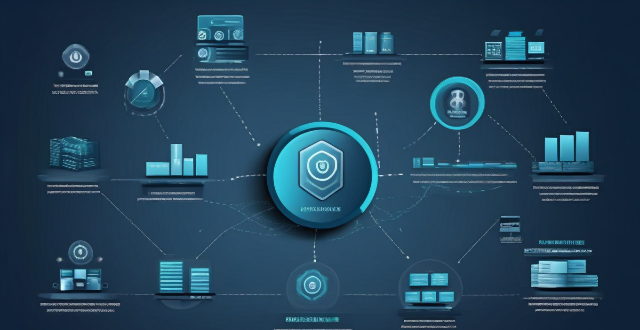Huawei's operating system, HarmonyOS, has key features such as multi-device compatibility, distributed architecture, security and privacy, fast performance, customizable user interface, rich ecosystem of apps, and seamless updates.

Key Features of Huawei's Operating System
Huawei has developed its own operating system called HarmonyOS, which is designed to work across various devices including smartphones, tablets, wearables, and smart home appliances. The key features of Huawei's operating system are as follows:
1. Multi-Device Compatibility
HarmonyOS is designed to be compatible with multiple devices, allowing for seamless integration and interaction between different types of devices. This means that users can easily switch between their smartphone, tablet, and smartwatch without any issues.
2. Distributed Architecture
The distributed architecture of HarmonyOS enables the sharing of resources and data across multiple devices. This allows for a more efficient use of hardware resources and improves overall performance.
3. Security and Privacy
Huawei has placed a strong emphasis on security and privacy in HarmonyOS. The operating system includes various security features such as sandboxing, encryption, and secure boot to protect user data and prevent unauthorized access.
4. Fast Performance
HarmonyOS is designed to provide fast performance and low latency, even when running on older hardware. This makes it suitable for use on a wide range of devices, from high-end smartphones to entry-level smartwatches.
5. Customizable User Interface
Huawei's operating system offers a customizable user interface, allowing users to personalize their device according to their preferences. This includes options for changing the theme, wallpaper, and icon layout.
6. Rich Ecosystem of Apps
HarmonyOS comes with a rich ecosystem of apps, including popular third-party apps as well as Huawei's own proprietary apps. This ensures that users have access to a wide range of apps and services right out of the box.
7. Seamless Updates
Huawei's operating system supports seamless updates, allowing users to install new software versions without having to restart their device or lose any data. This ensures that users always have the latest features and security patches without any interruption to their workflow.
In conclusion, Huawei's operating system offers several key features that make it a compelling choice for users looking for a versatile and secure platform that works across multiple devices. Its multi-device compatibility, distributed architecture, security and privacy features, fast performance, customizable user interface, rich ecosystem of apps, and seamless updates make it a strong contender in the market.